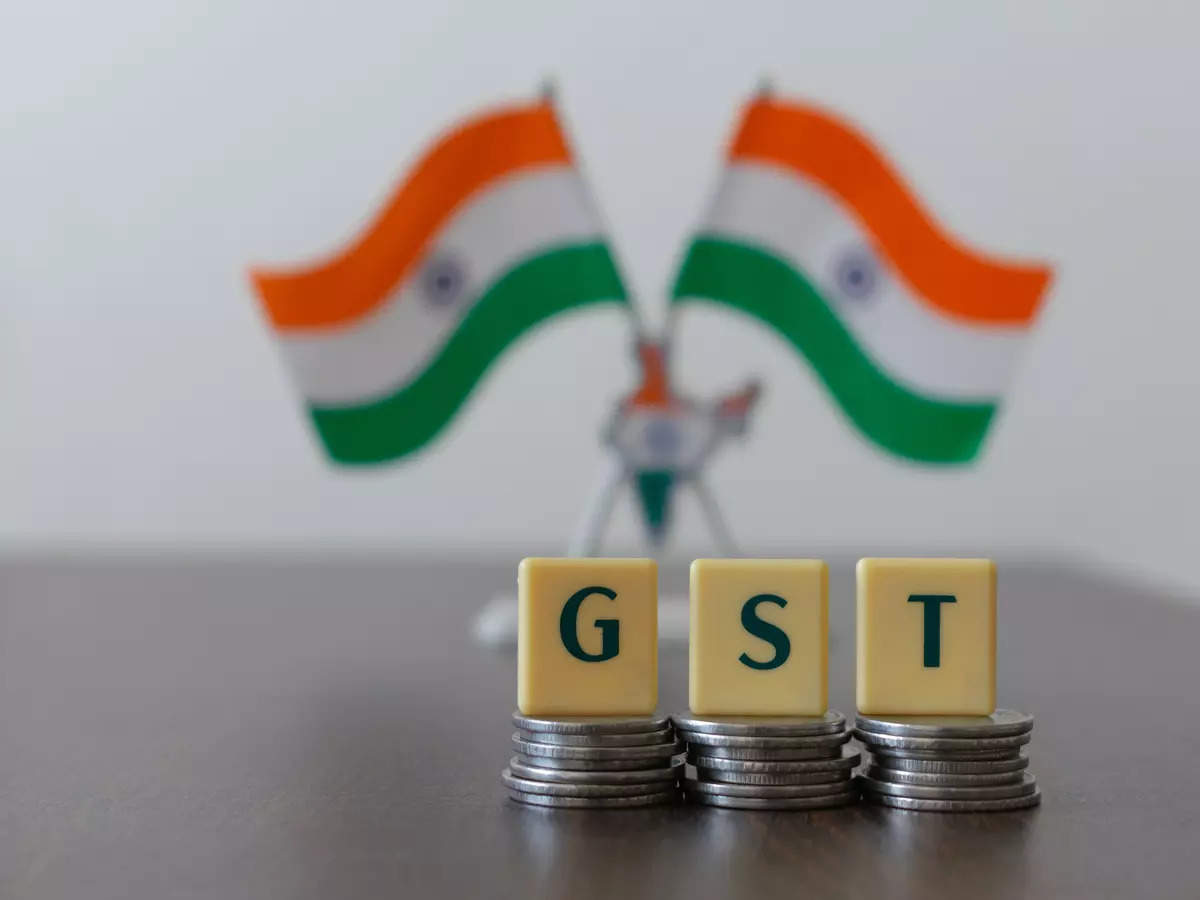
DOMESTIC demand will continue to drive Philippine economic growth, which Moody's Ratings expects to again fall below target but remain one of the highest in the region.
Forecasts for 2024 and 2025 were unchanged at 5.9 percent and 6.0 percent, respectively, below the government's 6.5-7.5 percent and 6.5-8.0 percent goals.
The debt watcher noted that while growth was slowing in trade-dependent countries like Thailand, it was rising or surpassing previous estimates in countries with a heavier reliance on domestic demand.
"Domestic demand remains the primary economic growth engine for the Philippines," Moody's Ratings said.
While below target, the country's expected growth this year will still be among the highest in the region, next only to India (6.8 percent) and Vietnam (6.0 percent) and better than Indonesia (5.0 percent), China (4.0 percent), and Thailand (2.8 percent).
Gross domestic product (GDP) growth slowed to 5.6 percent last year, from 7.6 percent in 2022, and also missed the 6.0- to 7.0-percent target.
Economic managers revisited the country's macroeconomic assumptions last month and are expected to soon announce downwardly revised goals. Finance Secretary Ralph Recto has said that 6.0-6.5 percent would be a better target for 2024.
Moody's Ratings expects GDP growth to decelerate across most emerging markets (EM) this year, followed by a stabilization in 2025, as economies transition towards steady gains following the pandemic.
As for inflation, the debt watcher expects rates to decline or stay stable across most emerging markets, continuing a trend that started at the end of 2023.
"Our disinflation expectation comes despite a February surge in aggregate EM inflation," Moody's Ratings said.
"The potential for a significant spike in energy prices, particularly oil and gas, or an increase in global food prices because of adverse weather events are the main risks to our expectation," it added.
Philippine inflation is expected to settle within the Bangko Sentral ng Pilipinas' (BSP) 2.0- to 4.0-percent target at 3.8 percent this year and 3.3 percent in 2025.
Emerging market central banks will still start easing policy even as financial markets adjust expectations regarding the timing and extent of US Federal Reserve rate cuts.
"[C]ontinued US dollar strength could reduce the scope of EM easing," Moody's Ratings said.
"Asian central banks are maintaining tight monetary policies to preserve financial and foreign-exchange stability, and appear unwilling to start cutting policy rates before the Fed," it added.
The BSP's benchmark rate currently stands at 6.5 percent, the highest since 2007, following 450 basis points of hikes beginning May 2022 as inflation surged in the wake of Russia's invasion of Ukraine.
Most analysts expect the central bank to begin cutting interest rates in the second half of 2024.
Read The Rest at :










